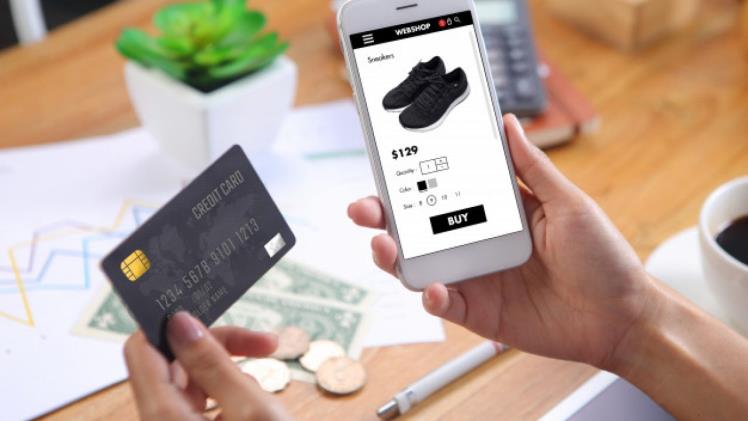The shopping experience we previously had is gradually altering due to the migration to mobile eCommerce. Mobile web stores and shop applications, which are even easier to use and enable offline smartphone purchases, are now taking over. Both e-commerce and app development service place a high priority on user interface and user experience.
The main objective of a UI/UX designer is to create an effective user interface design to make user interaction as straightforward and effective as feasible. The user should be guided toward the actual goal by each thing in front of him. A key element of the user experience in eCommerce is the interfaces and attractive designs. Additionally, they significantly impact sales, which are crucial for any organization engaged in commerce.
How to make sure the UI and UX are appealing, clear, fun, and frictionless throughout the buying process?
Consistency in fonts, sizes, and colors is important for your sign-in page. Any UI UX designing company shouldn’t add advertising banners and pointless fields like “invitation code,” separate the sign-in process over multiple pages, etc. You can sign in using a variety of methods with your e-commerce system. Decide which one best aligns with your objectives and vision. You may provide more incentives, like freebies and custom suggestions, to entice people to sign in.
Any mobile/website solution must include a user interface in some form. As a result, the initial step in project development involves using UX deliverables, such as your product design ideation, user and competition research, mapping your customer journey, and generating the best possible design. Therefore, UI and UX should collaborate to ensure users have fun using your program. As a result, even while UX is the foundation of great design, UX UI design agencies should integrate UX into the appropriate mobile UI for e-commerce apps.
The colors you choose can only increase or decrease your users’ engagement and conversions, so use caution while making your selection. Make sure your app’s color scheme is consistent across all screens. Gradients and drop-shadows are useful for giving the impression of space, and they should be used sparingly in your UI/UX.
A better user experience is assured when the thumb-friendly zone is used. This area of the screen is one that a user can easily reach with his thumb while holding his smartphone in the same hand, making clicking simple. That demonstrates how UX and UI are interdependent, indicating the need to focus on UI.
Mobile eCommerce has faced significant difficulties due to the compact nature of mobile devices. The content of screens must be as easily readable as possible, so it’s important to check for any potential spacing issues with clickable and even non-clickable design elements.
Use animation and imagery that directs users and motivates them to take the necessary action if appropriate and natural since this will make UX more understandable. You may maintain consumers’ interest in the design process by incorporating object animations and motion graphics.
Virtual reality technologies have a favorable impact on e-Commerce and encourage engaging UX. Users can view products through their device’s camera in a way that replicates real-world viewing thanks to VR/AR integration. Suppose you can try clothing digitally and see how it appears or determine whether new furniture will match your room’s design by inspecting it with a VR app. In that case, such developments can eliminate the need to visit an offline store.

